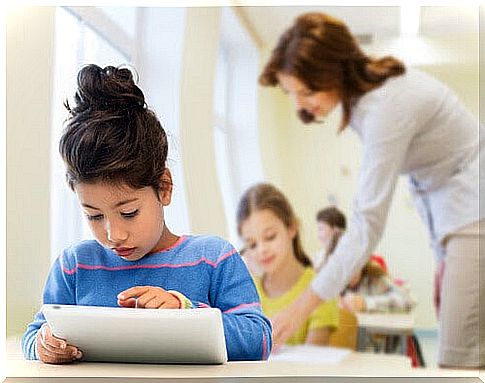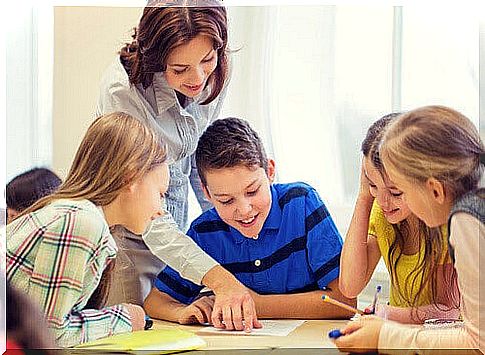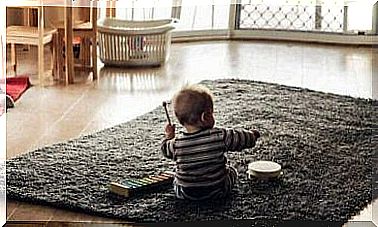Waldorfpedagogiken: 5 Pedagogiska Grundpelare

Waldorf pedagogy is a system that was developed in the early 20th century. The method is today one of the most well-known alternative pedagogues.
It has its origins in the research and teachings of the German philosopher Rudolf Steiner. He was looking for a development-based learning program suitable for all age ranges. That is, it is a balanced education system adapted to the development of each child.
Its methodology promotes the development of each child’s individual abilities. The content the students study is not the only thing that is in focus. The pedagogy also focuses on the processes that are used to teach the children.
To do this, it divides the training into four steps, each with different activities.
5 pedagogical pillars in Waldorf pedagogy
Waldorf pedagogy is completely unique and therefore has many critics. It proposes a much freer education system than the traditional approach. This is because it is believed that evaluating children based on their level of knowledge can damage their self-esteem.
The cornerstones of Waldorf pedagogy are:

- Emphasis is placed on the development of artistic skills and the imagination of children. According to Waldorf pedagogy, these skills encompass the natural way in which children express themselves. It believes that these are the best ways to develop and acquire knowledge.
- No samples. This method promotes the motivation and personal growth of each individual student. They believe that this protects their self-esteem. By moving forward at their own pace, children will be able to enjoy learning and they can freely discover what interests them.
- The children create their own textbooks. According to the principles of the second pillar, there are no textbooks. Each student produces their own personal book from their daily work and personal experiences.
- The school environment is an extension of the home. It’s not just about choosing warm colors, open surfaces with natural light, closeness to nature and handmade toys. A tutor accompanies the child at all stages and connects with both the child and his or her family. This helps the teacher to understand and help the child in the best possible way.
- It promotes free, spontaneous and natural teaching and learning. The student’s interaction with his environment is of utmost importance. The teaching is not limited to just teaching certain concepts, but tries to incorporate “how” and “why” about what lies behind them. This motivates students to form their own opinions about their environment as they grow.
Different stages in Waldorf pedagogy
Just as in other education systems, Waldorf pedagogy begins its teaching in preschool age. It then strives for a safe, warm and structured environment. In this environment, children can experiment.
They learn through imitation and play, with activities that are naturally woven into the day. In this way, they learn in a familiar and safe environment, something that really promotes optimal learning.
In addition to developing their motor skills, they learn to relate to others and their surroundings as well as to be creative, imaginative and enterprising. They also develop their memory, their organizational ability and above all their curiosity and love of the natural world.
The training cycle in 12 years
The school today generally has 1 year of preschool class, 9 years of primary school and 3 years of high school education. In Waldorf pedagogy, schooling is traditionally divided into 8 primary years, 2 years in upper secondary school and 2 years in upper secondary school. Each of these steps focuses on different activities that adapt to each individual child.
Primary school focuses on the child discovering the world himself, shaping his interests and igniting his enthusiasm. The concepts are learned in an artistic and creative way. It prioritizes the learning process, processing capacity and overall understanding.

When students reach upper secondary school, the main goal is to motivate students so that they can form their own opinions and perceptions. Instead of limiting themselves to “what” something is when they are learning a concept, they will explore “how” with.
Classroom activities are focused on experiments and research. They have more scientific, precise and objective goals, but without forgetting the art.
Finally, high school students can choose to focus on technology, social sciences, humanities or art. In this phase, the teenagers show how they themselves can make a difference in the world. They learn that they can change things that are not right or need to be improved. The business combines studies with industrial and social work.









